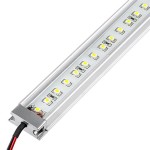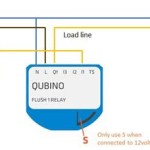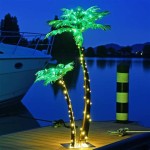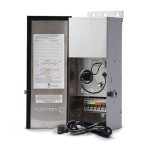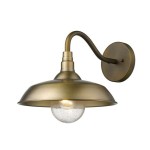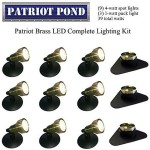How To Connect Multiple Outdoor String Lights
Connecting multiple strands of outdoor string lights can transform a backyard, patio, or garden into a magical space. However, it's crucial to do so safely and correctly to prevent electrical hazards and ensure the longevity of the lights. This guide outlines the steps and considerations for connecting multiple strands of outdoor string lights.
Understanding String Light Types and Limits
Before connecting multiple strands, understanding the limitations of each string is essential. Each string has a maximum wattage capacity, often printed on the tag near the plug. Exceeding this capacity can lead to overheating, blown fuses, or even fire hazards.
Additionally, the type of string lights influences the connection process. Incandescent and LED string lights have different power requirements. LED lights consume significantly less power, allowing for more strands to be connected on a single circuit compared to incandescent lights.
Finally, check if the string lights are rated for outdoor use. Outdoor string lights are designed to withstand exposure to the elements, while indoor lights are not. Using indoor lights outdoors can create a safety hazard.
Calculating Wattage and Amperage
Calculating the total wattage of the connected strands is critical to ensure safety. Determine the wattage of each individual strand and multiply it by the number of strands being connected. This total wattage should be within the circuit's capacity, typically around 1800 watts for a standard household circuit.
To calculate amperage, divide the total wattage by the voltage (typically 120V in North America). This will give you the total amperage draw, which should not exceed the circuit breaker's rating (usually 15 amps).
It's recommended to stay well below the maximum wattage and amperage to prevent overheating and ensure a safety margin.
Using End-to-End Connections
Many outdoor string lights are designed with end-to-end connectors, allowing for easy connection of multiple strands. These connectors are typically male and female plugs located at the ends of the strings. Simply plug the male end of one string into the female end of the next to connect them.
Check the manufacturer's instructions for the maximum number of strands that can be safely connected end-to-end. Exceeding this limit can overload the circuit and create a fire hazard.
Inspect the connectors for damage before connecting the strands. Damaged connectors can create a short circuit, leading to overheating and potential fire hazards.
Utilizing Splitters and Extension Cords
If the string lights do not have end-to-end connectors, or if more connections are needed than allowed by the manufacturer, splitters can be used. A splitter allows multiple strings to be plugged into a single outlet.
When using splitters, ensure the total wattage of all connected strings remains within the splitter's and the circuit's capacity.
Outdoor-rated extension cords can also be used to extend the reach of the string lights. Choose extension cords specifically designed for outdoor use and ensure they are rated for the wattage being drawn by the connected lights.
Safety Precautions During Installation
Always unplug the string lights before making any connections or adjustments. Working with live electricity can be extremely dangerous.
Keep connections dry and away from standing water. Water and electricity are a dangerous combination and can lead to electrocution.
Use weatherproof connections and covers to protect the plugs and outlets from the elements. This helps prevent corrosion and short circuits.
Securely suspend the string lights using appropriate clips, hooks, or guides to prevent strain on the connections. Strain relief helps to prevent damage to the wires and connectors.
Troubleshooting Common Issues
If a section of lights fails to illuminate, check the connections and fuses. A loose connection or a blown fuse can interrupt the flow of electricity.
If a fuse blows repeatedly, the circuit may be overloaded. Reduce the number of connected strands or use a higher capacity circuit.
If the lights flicker or dim, there may be a problem with the wiring or the power supply. Check for damaged wires or loose connections. If the problem persists, consult a qualified electrician.
Maintaining Outdoor String Lights
Regularly inspect the string lights for damage, including frayed wires, cracked insulation, or loose connections.
Store the lights properly during the off-season to prevent damage. Wrap the strands neatly and store them in a dry, protected location.
Replace any damaged bulbs or sections of string lights promptly to prevent further damage and maintain the aesthetic appeal.

How To Hang Patio Lights

How To Hang String Lights Outdoors
How To Hang Patio Lights

How To Hang Patio Lights

Using A Cable To Hang String Lights Concord Carpenter

How To Hang String Lights On Your Deck Joist Beam Rim Tape Trex Protect

How To Hang Outdoor String Lights Ideas True Value

5 Easy Tips For Hanging Outdoor String Lights From A Pergola

How To Hang String Lights Outdoors

A Canopy Of String Lights In Our Backyard Gray House Studio
Related Posts
